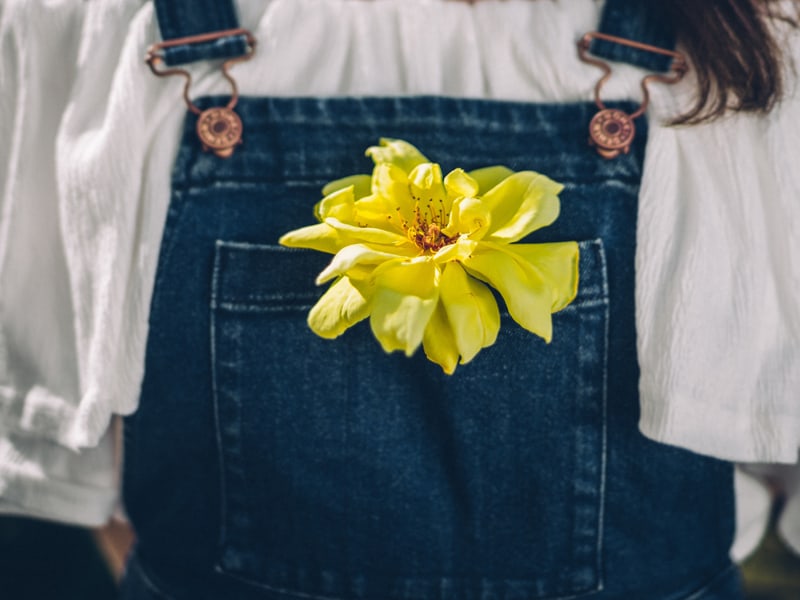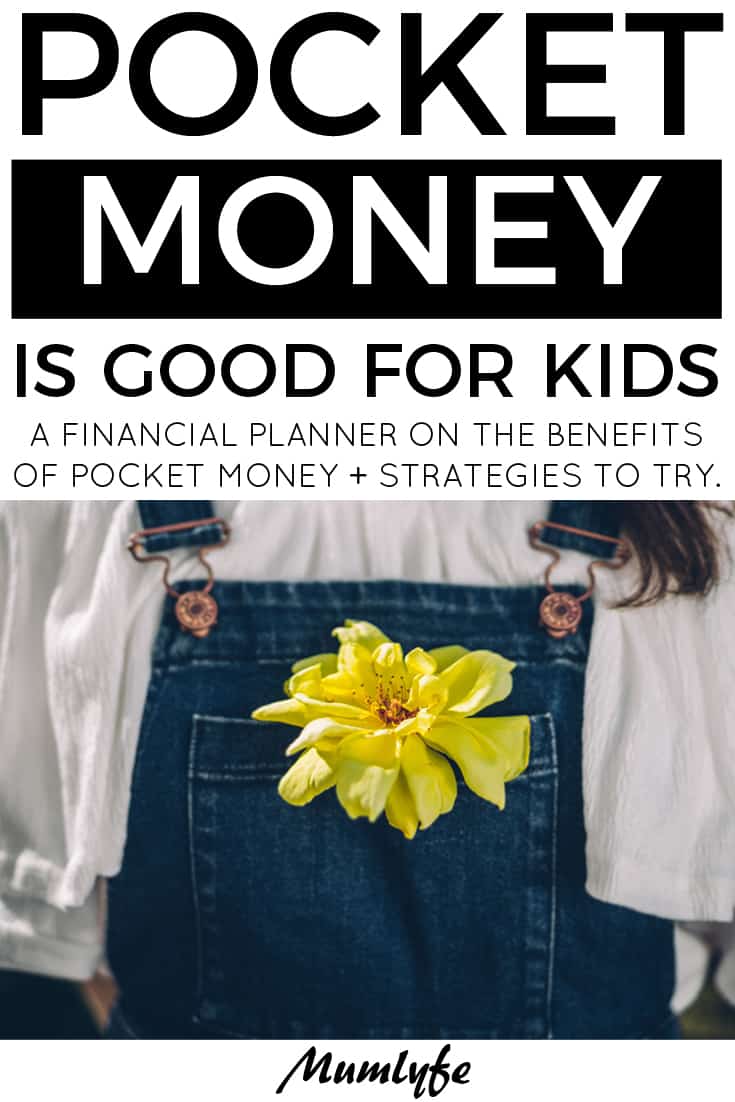Brought to you by the Financial Planning Association of Australia
Pocket money helps build kids’ confidence and sense of security. Remember the excitement on your kids’ faces when they lost a tooth and placed it under their pillow for the tooth fairy? When they woke up the next morning, their gappy smiles widened as they found a shiny dollar (or maybe $5 from an extra generous tooth fairy), that they were able to spend on whatever they liked, or maybe save or share.
Times like these are the perfect opportunity to sit down and talk with your kids about the value of money. Positive money memories like this help shape your child’s understanding and experience about personal finances well into adulthood. Pocket money is also a practical way for kids to learn about the value of money.
Pocket money helps build kids’ confidence and sense of security.
However, according to the Financial Planning Association of Australia’s (FPA) Share the Dream report, a quarter of Aussie kids don’t get any pocket money at all.
Of course, every family and every child is different, but we give our kids pocket money for a number of reasons.
Get the conversation started: How to talk to kids about money
How much pocket money?
My grandmother always had a stack of $10 notes in her pocket to hand out to us grandkids whenever we’d visit. My parents had given me a piggy bank to encourage me to save the pocket money I received for my chores and from my grandmother, as well as the money I received on birthdays and special occasions.
Growing up, I also had a bank account, and my parents educated me about the value of keeping money in it. I recall watching my money grow with compounding interest. It’s exciting stuff.
I recall watching my money grow with compounding interest. It’s exciting stuff.
Between the ages of six and 13 my own girls received a $20 per week allowance for jobs around the house. When they turned 14 they wanted to earn more money and be independent. So they went out, dropped off their resumes and got casual work in retail.
I believe, giving my girls pocket money from a young age taught them the value of money. Now they are teenagers and working, they value every dollar they earn and think twice about how to spend it.
Physical and invisible money
We use a combination of cash and card as a way to demonstrate the value of physical and invisible money. Also, I think it is important to move into the future with confidence, so a card is a great experience for a tween or teen.
As parents, we have the biggest influence in our children’s money DNA.
Some of the ways we save money as a family
There are various ways to save as a family. Naturally, as a financial planner, our family saves for our retirement (long term), to pay off the mortgage (medium term) and holidays (short term). We are also quite thrifty as a family. We look to stretch the dollar by looking out for sales, finding value on Gumtree, and buying the bulk of our groceries from our local grocer.
The two Thirds / One Third rule
One money habit I have passed onto my children is the “Two Thirds / One Third Rule”. Save one third of your earnings and live within your means with the other two thirds. This rule of thirds is a good way to teach children the important habit of saving consistently over time. Time is currency for children. The earlier you instil this habit, the better for them.
Read this next: A quick guide to developing good daily habits in kids
Sharing positive money memories
As parents, we have the biggest influence in our children’s money DNA. Without realising or being aware of our actions, we pass down both our positive and negative perceptions around money.
Pay attention to what you are saying and thinking in relation to money. For example, are these statements common for you?
“We can’t afford that.”
Don’t be silly, we’ll never be rich!”
“Money is evil.”
Or this thoroughly outdated belief: “You’ll have to marry into wealth.”
As a parent I’ve always had an open conversation with my children about money—from as young as seven, when they set up their first cupcake stall to raise money for charity. I encourage you to start a conversation with your own kids today.
Free eBook with loads more tips
For more great tips on how to talk money with your kids and teens, download this free eBook How to Talk Money with Children.
Do you give pocket money to your kids? How does it work?
Image by Joel Overbeck



10 benefits of work for teens (and a few cons too) | Mumlyfe
Thursday 21st of March 2019
[…] reality checks), or it may be personal items that you prefer them to spend their money on. While pocket money gives us an opportunity to teach our kids about investing, saving and splurging, only a part-time […]